Cerne Abbas: Was the giant naked man an artistic act of defiance aimed at monks?
New evidence suggests that the Cerne Abbas giant is much older than previously thought — and that its creation might have been 'a big two fingers' aimed at the Benedictine monks who had recently established an abbey.
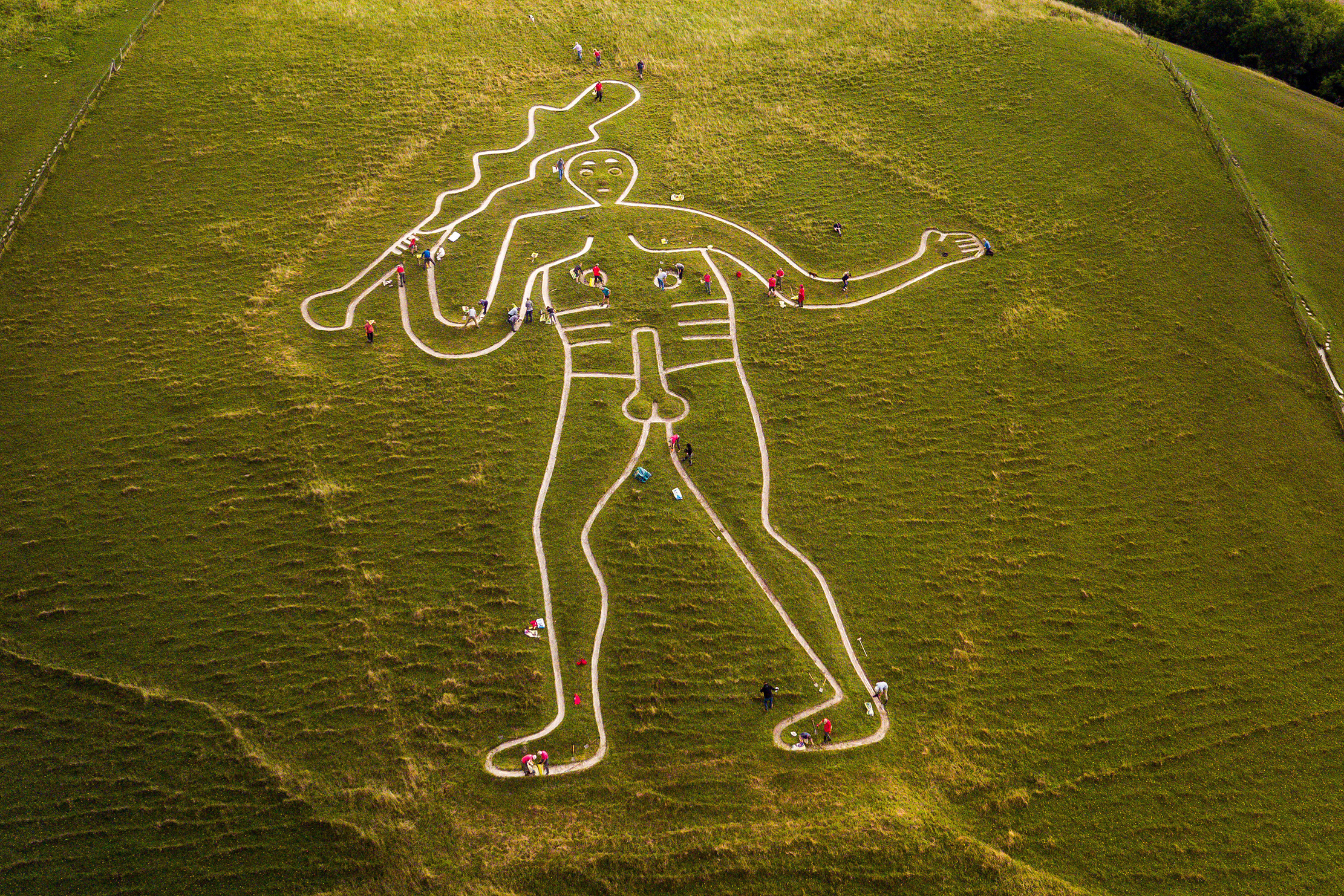

Standing 40m tall, and brandishing not one but two impressive tools, the Cerne Abbas giant is arguably the most famous chalk carving on the face of the planet. It's an incredible feat of folk art in the unlikeliest of settings: the giant lies on high quality chalk grassland, which hosts range of wildflowers including orchids, thyme, marjoram and small scabious, which attract butterflies including the Marsh Fritillary and Duke of Burgundy. Below, in the valley, is the village of Cerne Abbas itself, one of the prettiest villages in the country.
We can all agree on those facts; beyond that, however, debate has long raged about when and why the Giant was made.
The battling historians have a fresh suggestion to mull over, as a new study has found that the Cerne Abbas Giant is much older than we thought—and ‘everyone was wrong,’ says geoarchaeologist Mike Allen.
The first written mention of the giant dates back to 1694, but many people have theorised that it was far older than that. Few would have believed it to be as old as suggested by Mike’s research, however: he has discovered that it was most likely created in the 10th century and then forgotten for hundreds of years before his earliest written mention — probably because, as findings show, the hillside was covered in long grass.
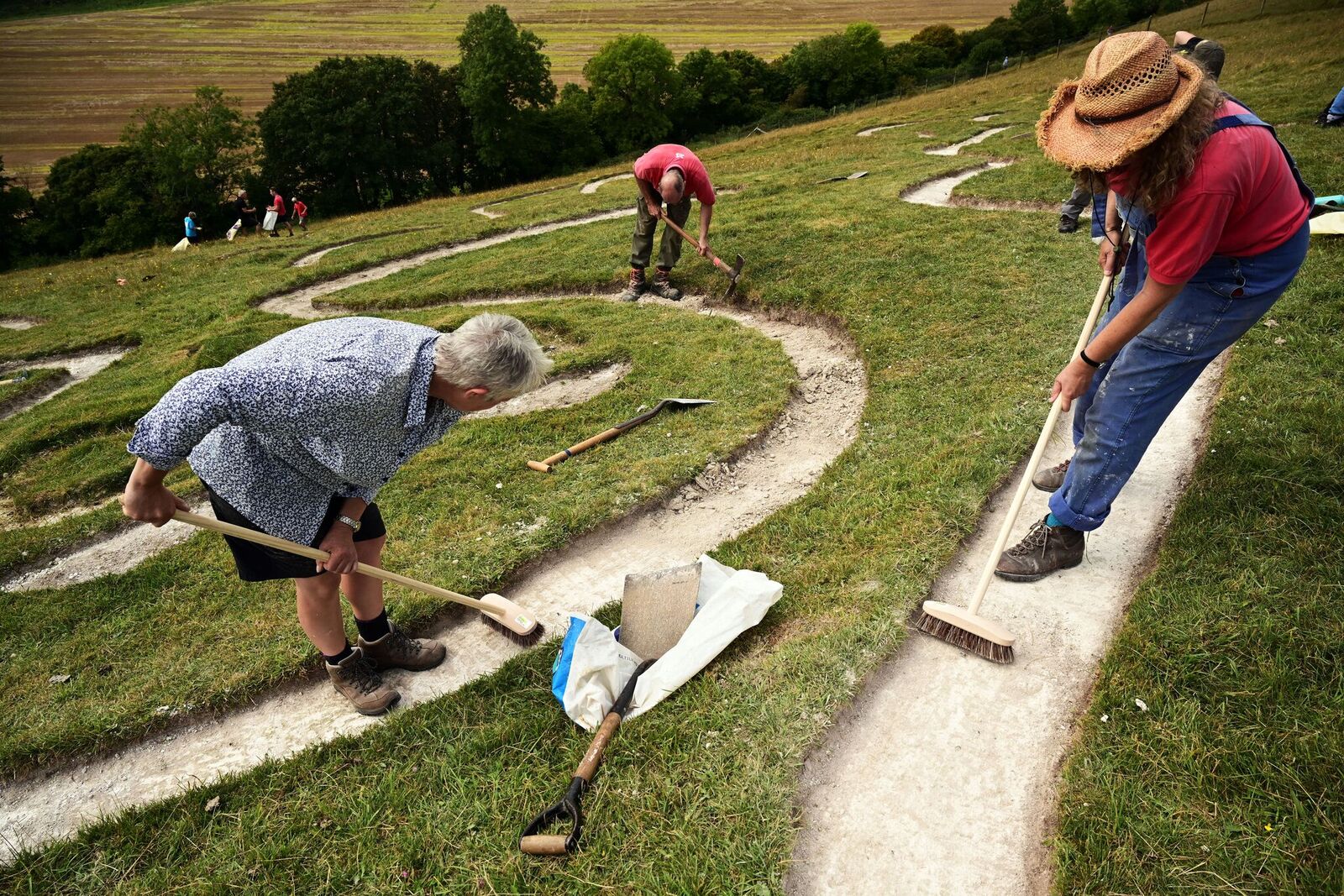
Excavations into the giant’s feet and elbows dated the oldest chalk to between AD650 and 1310 and the soil to AD700 to 1100, but archaeological consultant Alison Sheridan believes the founding of a Benedictine monastery at Cerne Abbas in the late 10th century brings the final clue.
‘It would almost seem to be an act of resistance by local people to create this fantastically rude pagan image on the hillside,’ she says, adding that, ‘It’s like a big two fingers to the abbey.’
And not just two fingers either, Alison...
Sign up for the Country Life Newsletter
Exquisite houses, the beauty of Nature, and how to get the most from your life, straight to your inbox.
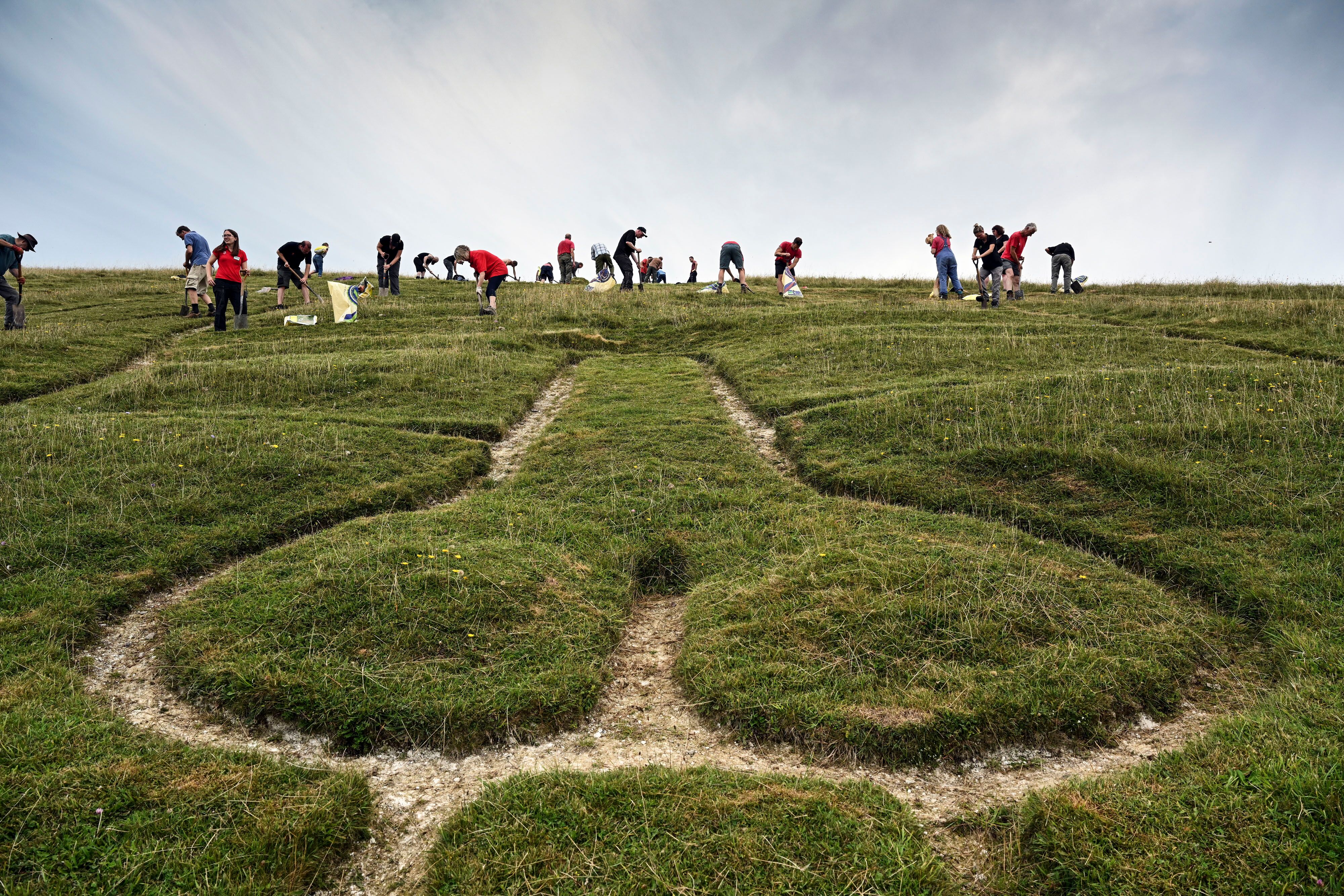
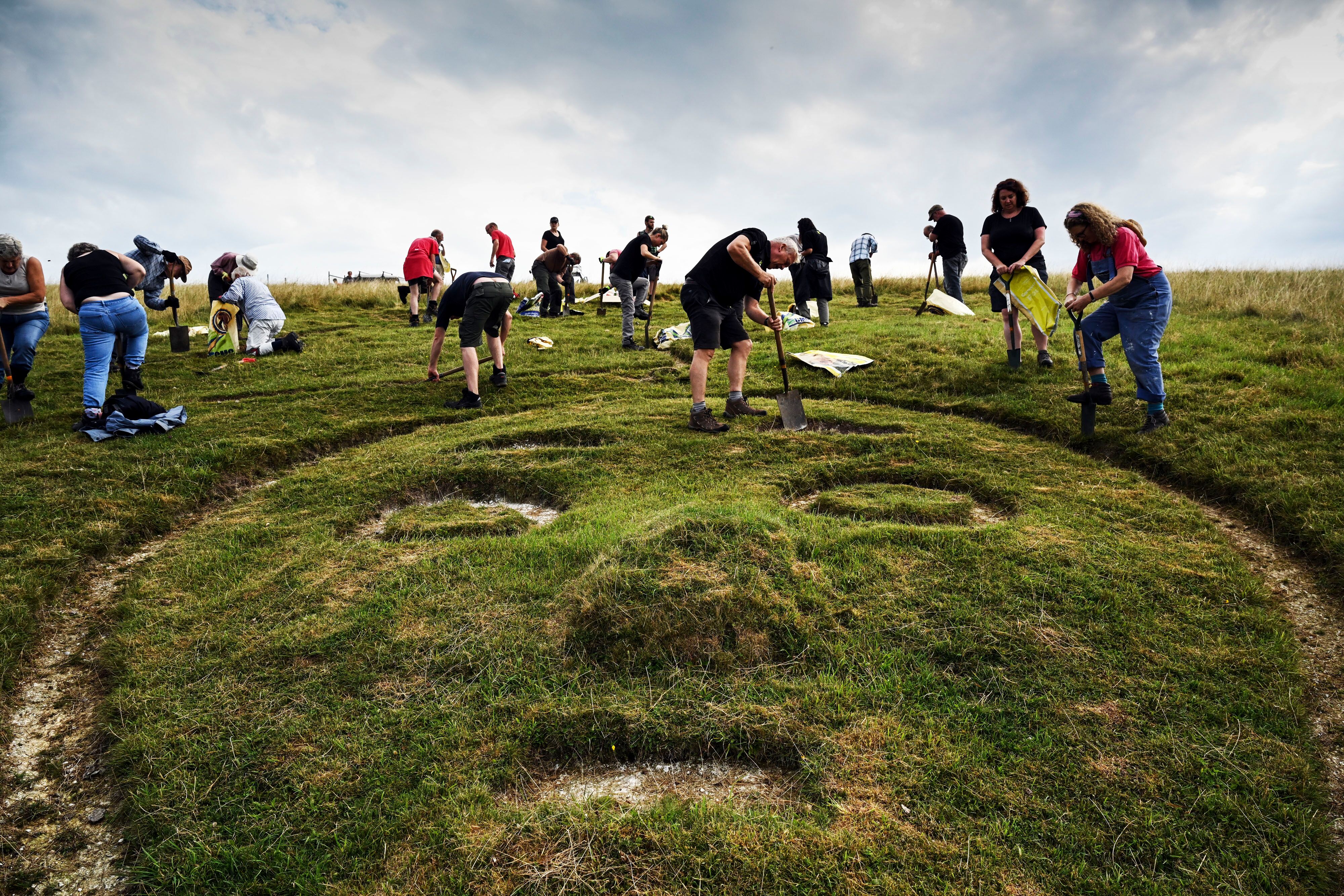
Cerne Abbas Giant to be re-chalked to former glory
Dorset's giant chalk figure is undergoing a two-week makeover to preserve it for future generations.
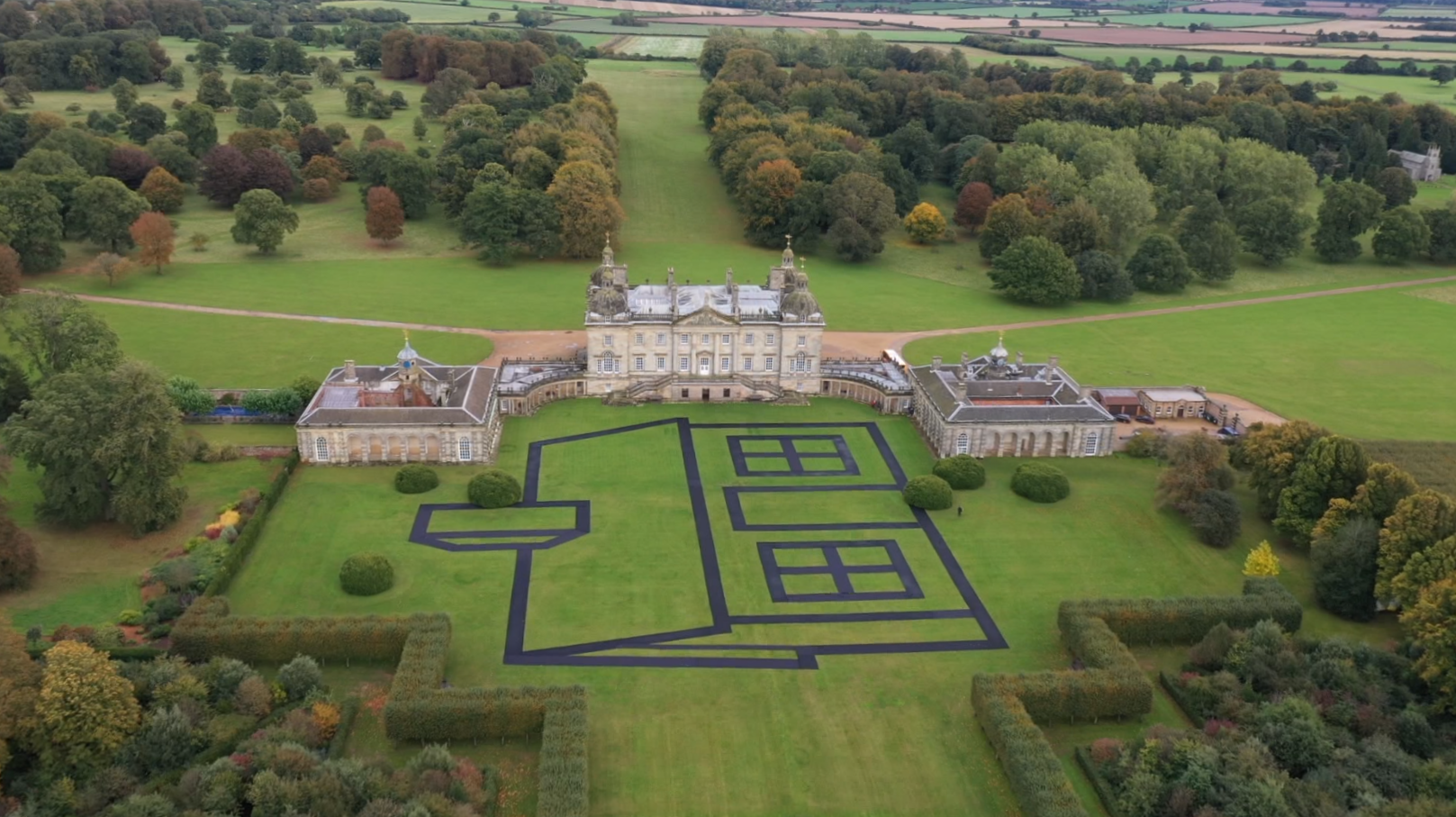
In Focus: The giant, ephemeral artwork that came and went in a single day at Houghton Hall
Richard Woods' massive Estate installation graced the grounds of the Marquess of Cholmondeley's home for less than a day.
Annunciata grew up in the wilds of Lancashire and now lives in Hampshire with a husband, two daughters and an awful pug called Parsley. She’s been floating round the Country Life office for more than a decade, her work winning the Property Magazine of the Year Award in 2022 (Property Press Awards). Before that, she had a two-year stint writing ‘all kinds of fiction’ for The Sunday Times Travel Magazine, worked in internal comms for Country Life’s publisher (which has had many names in recent years but was then called IPC Media), and spent another year researching for a historical biographer, whose then primary focus was Graham Greene and John Henry Newman and whose filing system was a collection of wardrobes and chests of drawers filled with torn scraps of paper. During this time, she regularly gave tours of 17th-century Milton Manor, Oxfordshire, which may or may not have been designed by Inigo Jones, and co-founded a literary, art and music festival, at which Johnny Flynn headlined. When not writing and editing for Country Life, Annunciata is also a director of TIN MAN ART, a contemporary art gallery founded in 2021 by her husband, James Elwes.
-
 Designer's Room: A solid oak French kitchen that's been cleverly engineered to last
Designer's Room: A solid oak French kitchen that's been cleverly engineered to lastKitchen and joinery specialist Artichoke had several clever tricks to deal with the fact that natural wood expands and contracts.
By Amelia Thorpe
-
 Chocolate eggs, bunnies and the Resurrection: Country Life Quiz of the Day, April 18, 2025
Chocolate eggs, bunnies and the Resurrection: Country Life Quiz of the Day, April 18, 2025Friday's quiz is an Easter special.
By James Fisher
-
 The best regional art galleries in Britain, from Cornwall to Orkney
The best regional art galleries in Britain, from Cornwall to OrkneyWherever you are in Britain, you’re never far from an interesting gallery. Here we present an eclectic round-up of 45 places to see art outside the big cities.
By Country Life
-
 Nine of the most astonishing objects you can see at National Trust properties, from priceless paintings to a wooden leg to a simple tunic with a heartbreaking tale to tell
Nine of the most astonishing objects you can see at National Trust properties, from priceless paintings to a wooden leg to a simple tunic with a heartbreaking tale to tellWe're taking a look at nine of the greatest objects on display in the National Trust's properties across Britain.
By Country Life
-
 The Ickworth Velazquez that's one of the very greatest treasures of the National Trust
The Ickworth Velazquez that's one of the very greatest treasures of the National TrustIn the final part of our series looking at the National Trust's finest treasures, we look at one of the very finest paintings in the Trust's ownership.
By Country Life
-
 A 15th-century altar cloth that survives in almost miraculous condition, one of the National Trust's greatest treaures
A 15th-century altar cloth that survives in almost miraculous condition, one of the National Trust's greatest treauresOur series looking at the National Trust's finest treasures looks at a pre-Reformation altar front from Cotehele which has survived to the present day.
By Country Life
-
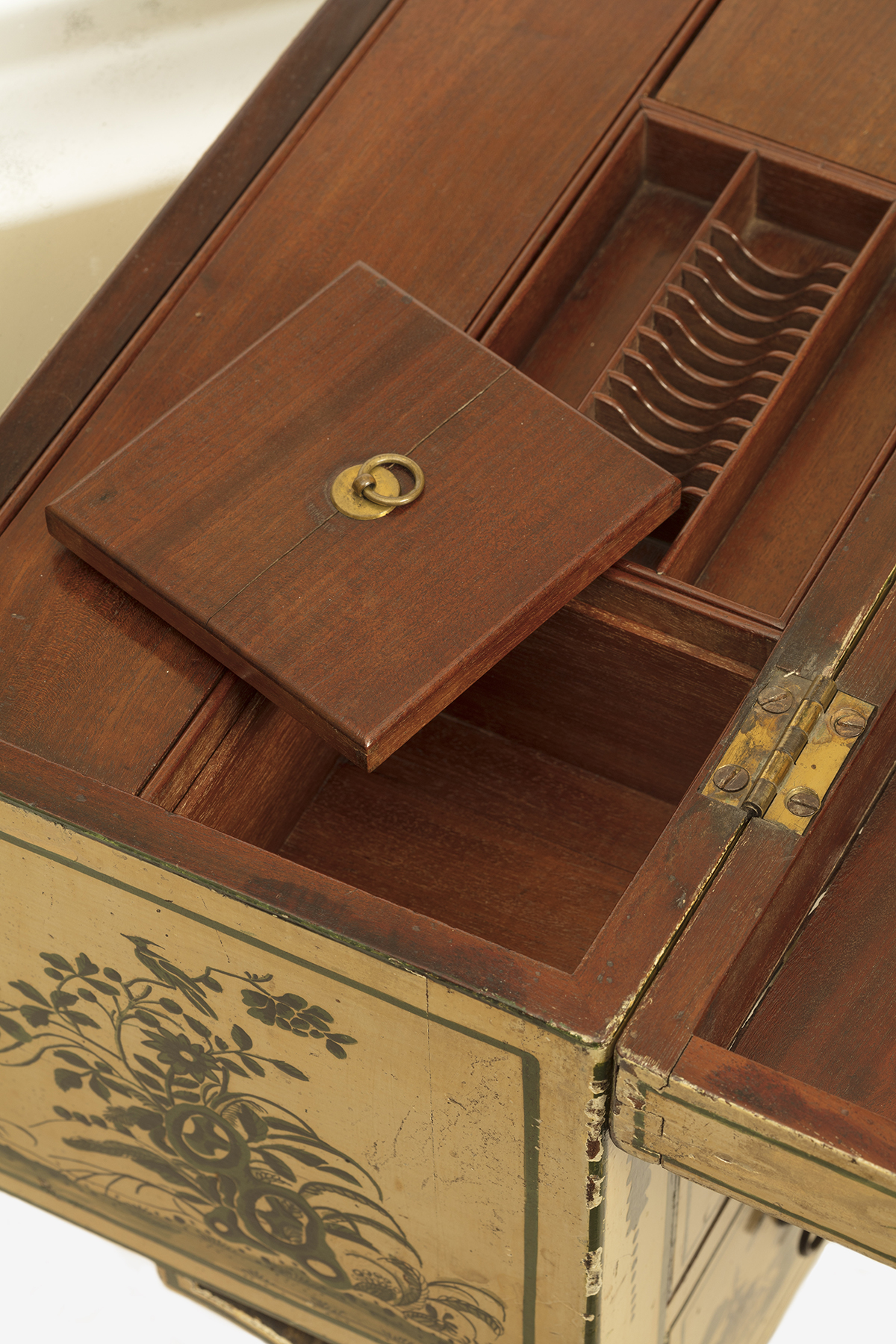 A Chippendale table that's 'the epitome of light-hearted Chinoiserie design', one of the National Trust's greatest treasures
A Chippendale table that's 'the epitome of light-hearted Chinoiserie design', one of the National Trust's greatest treasuresOur series looking at the National Trust's finest treasures takes aim at the Thomas Chippendale dressing table of Anglesey Abbey in Cambridgeshire.
By Country Life
-
 A pair of tureens that are a Rococo tour de force in silver, and among the finest treasures of the National Trust
A pair of tureens that are a Rococo tour de force in silver, and among the finest treasures of the National TrustWe're taking a look at nine of the greatest objects on display in the National Trust's properties across Britain — this time around we look at the incredibly intricate soup tureens of Ickworth.
By Country Life
-
 A great Italian masterpiece brought to life as a woodcut by an English genius, one of the National Trust's finest treasures
A great Italian masterpiece brought to life as a woodcut by an English genius, one of the National Trust's finest treasuresWe're taking a look at nine of the greatest objects on display in the National Trust's properties across Britain — today it's the astonishing carving at Dunham Massey.
By Country Life
-
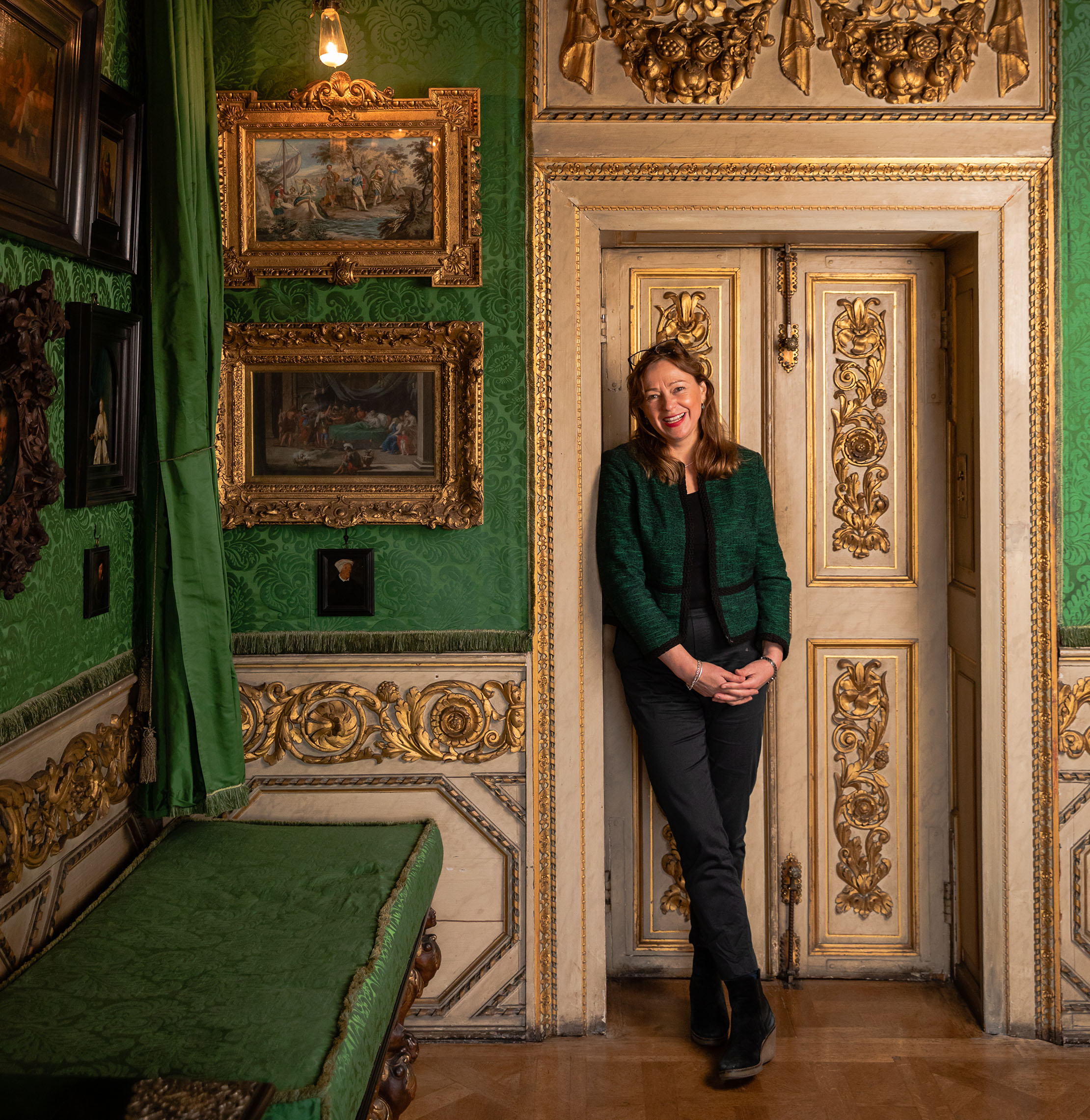 A man 'utterly consumed by the forces of love and passion', one of the National Trust's finest treasures
A man 'utterly consumed by the forces of love and passion', one of the National Trust's finest treasuresWe're taking a look at nine of the greatest objects on display in the National Trust's properties across Britain — this edition examines a painting that is small in size and large in meaning.
By Country Life